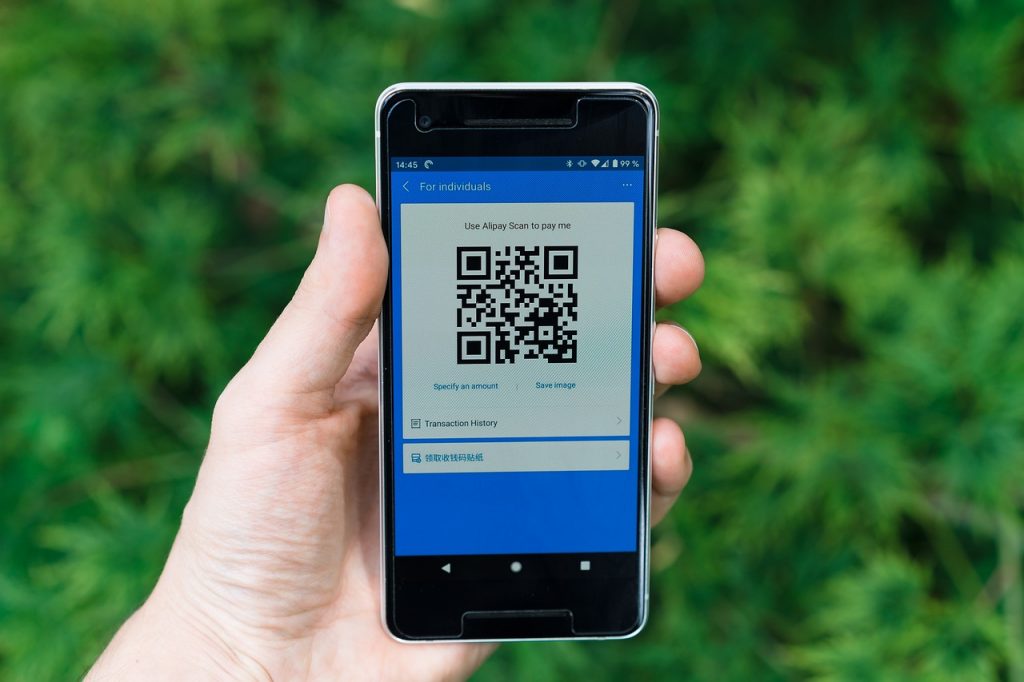Digital Payments: Advantages And Precautions – A Detailed Guide
In an era dominated by technology and innovation, digital payments have emerged as a revolutionary force transforming how we conduct financial transactions. From buying groceries to paying utility bills, sending money to friends, or making business payments, digital payment systems are now integral to daily life. As the world increasingly embraces a cashless economy, understanding the advantages and necessary precautions of digital payments becomes vital.
This comprehensive article explores the concept of digital payments, their various benefits, and the essential precautions users must follow to ensure safe and secure transactions.
What Are Digital Payments?
Digital payments refer to financial transactions made electronically without the use of physical cash. Both the payer and payee use digital modes for sending and receiving money. Digital payments can be completed using devices such as smartphones, computers, tablets, or even smartwatches. These transactions can occur through various platforms like mobile wallets, internet banking, UPI apps, or credit/debit cards.
The growth of digital infrastructure, especially in countries like India, has played a crucial role in promoting digital payments. Government initiatives, widespread smartphone usage, and improved internet connectivity have all contributed to the rise of this convenient payment method.
Types of Digital Payment Methods
There are several modes through which digital payments can be made. Understanding these helps users choose the right method based on convenience, speed, and security.
1. UPI (Unified Payments Interface):
A real-time payment system that allows users to link multiple bank accounts in one mobile application and send money using a simple identifier like a phone number or UPI ID.
2. Mobile Wallets:
Applications like Google Pay, Paytm, PhonePe, and Amazon Pay store money digitally and allow quick payments for online and offline purchases.
3. Internet Banking:
Also known as online banking, this service lets users manage their bank accounts and conduct transactions through a secure web portal.
4. Debit and Credit Cards:
Physical cards issued by banks that can be used for both online and in-store payments. Many cards also support contactless payments via NFC.
5. Aadhaar Enabled Payment System (AEPS):
Allows people in rural areas to make digital payments using their Aadhaar number and fingerprint authentication.
6. QR Code Payments:
By scanning a merchant’s QR code, users can quickly transfer money using UPI or wallet apps.
7. USSD Payments:
Useful for people without internet access, this system allows transactions through mobile phones using simple codes like *99#.
Advantages of Digital Payments

Digital payments offer a range of benefits that enhance the user experience, promote transparency, and boost the economy. Here are the key advantages:
1. Convenience and Accessibility
One of the primary reasons for the popularity of digital payments is their convenience. Transactions can be completed 24/7 from any location with internet access. Users don’t need to carry cash or visit ATMs or banks, making payments easier and faster.
2. Time-Saving
Digital payments significantly reduce the time taken to complete transactions. With just a few clicks or taps, payments are processed instantly, making it highly efficient for both personal and business use.
3. Secure and Trackable Transactions
Digital payments create a clear and transparent record of each transaction. Users receive instant notifications and can easily access their payment history. This makes budgeting and expense tracking easier.
4. Boosts Financial Inclusion
Digital payment systems like AEPS and USSD banking bring financial services to rural and remote populations who might not have access to traditional banks. This helps bridge the urban-rural divide and promotes inclusive economic growth.
5. Reduces the Need for Physical Cash
Going cashless minimizes the risk of theft and loss, reduces the cost of printing and handling currency, and simplifies money management for businesses and individuals alike.
6. Promotes Transparency and Reduces Corruption
Digital transactions are traceable, reducing the chances of black money and tax evasion. Governments can monitor transactions more effectively, thereby promoting a more transparent economic system.
7. Encourages Digital Literacy and Modernization
The widespread adoption of digital payments encourages people to become more tech-savvy and promotes the use of digital platforms for other services like e-governance, education, and healthcare.
8. Eco-Friendly
By reducing the need for paper-based transactions, receipts, and cash, digital payments contribute to environmental conservation.
Precautions While Using Digital Payments
Despite the numerous advantages, digital payments are not without risks. Cybercrime, identity theft, and fraud are major concerns. To ensure safe usage, users must follow certain precautions:
1. Use Trusted Apps and Websites Only
Always download payment apps from official sources like Google Play Store or Apple App Store. Be cautious of third-party apps or unverified websites, as they might contain malware or phishing traps.
2. Enable Strong Authentication
Use two-factor authentication (2FA) wherever available. This typically involves verifying your identity using both a password and a one-time password (OTP) sent to your registered mobile number or email.
3. Keep Your Software Updated
Regularly update your mobile operating system and payment apps. Updates often include critical security patches that protect against known vulnerabilities.
4. Avoid Public Wi-Fi for Transactions
Public Wi-Fi networks are often unsecured and can be exploited by hackers. Avoid using them for banking or payment-related activities. Use mobile data or secure private networks instead.
5. Be Cautious of Phishing Scams
Do not click on suspicious links in emails or messages claiming to be from banks or payment services. Always verify the source and never share confidential information like OTPs, CVV numbers, or PINs with anyone.
6. Use Secure Passwords
Create strong and unique passwords for your banking and payment apps. Avoid using easily guessable passwords like birth dates or names. Change your passwords periodically.
7. Set Transaction Limits and Alerts
Many banking apps allow users to set daily transaction limits and receive alerts for each transaction. These features help detect unauthorized activities quickly.
8. Report Suspicious Activities Immediately
If you notice any unusual activity in your account, report it to your bank or the payment app’s customer service immediately. Early action can prevent further losses.
9. Don’t Share Your Device or App Access
Avoid giving others access to your phone or payment apps. If necessary, use biometric locks or app locks to add an extra layer of security.
10. Logout After Use
When using payment services through a browser or shared device, always log out after completing your transaction to prevent unauthorized access.
Digital Payments and the Role of the Government
Governments across the world are promoting digital payments as part of their economic and financial inclusion strategies. In India, for instance, the Digital India campaign aims to transform the country into a digitally empowered society and knowledge economy. Initiatives like BHIM UPI, Jan Dhan Yojana, and RuPay Cards are part of this vision.
Additionally, governments often provide incentives to businesses and consumers for adopting digital payment methods. Tax rebates, cashback offers, and reduced transaction fees are some of the perks introduced to promote digital payment usage.
Future of Digital Payments
The digital payment ecosystem continues to evolve rapidly. Technologies such as artificial intelligence (AI), blockchain, and biometrics are shaping the future of transactions.
-
AI and Machine Learning are being used to detect fraud and offer personalized financial insights.
-
Blockchain Technology promises greater transparency, faster cross-border payments, and secure decentralized transactions.
-
Biometric Authentication, like facial recognition and fingerprint scanning, will offer enhanced security and faster access.
As digital payments become more integrated into everyday life, innovations will further improve efficiency, accessibility, and security.
Digital payments have transformed the way we handle money. They offer unparalleled convenience, security, and efficiency, making them an essential tool for modern living. From boosting economic transparency to promoting financial inclusion, the benefits of digital payments are extensive and impactful.
However, with great convenience comes the responsibility to stay vigilant. By adopting basic safety precautions and using trusted platforms, users can protect themselves from fraud and cyber threats.
As the world moves toward a cashless future, understanding both the advantages and precautions of digital payments is key to making the most of this digital revolution. Whether you are an individual, a business owner, or a policymaker, embracing digital payments wisely will lead to greater financial empowerment and security.
